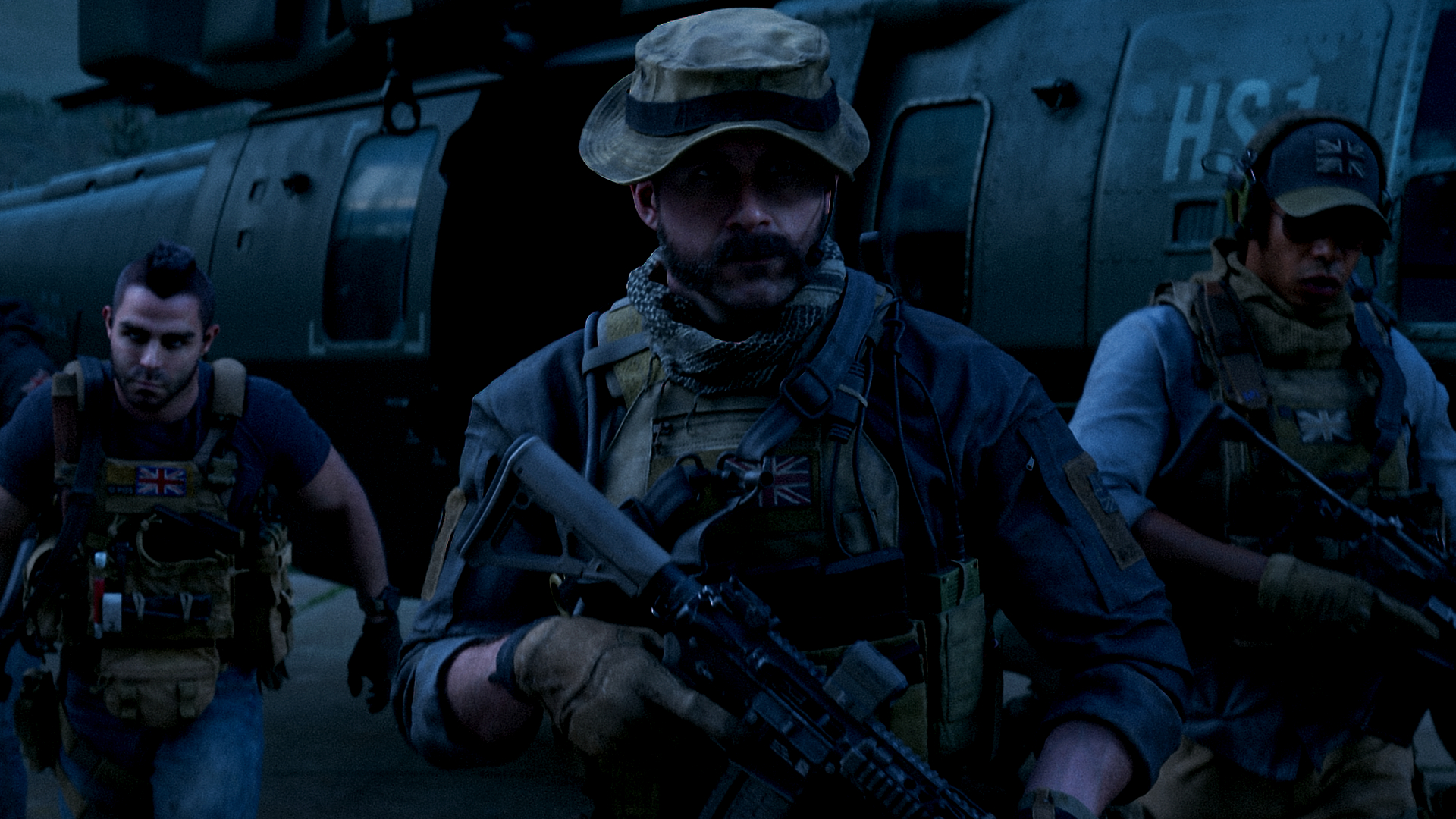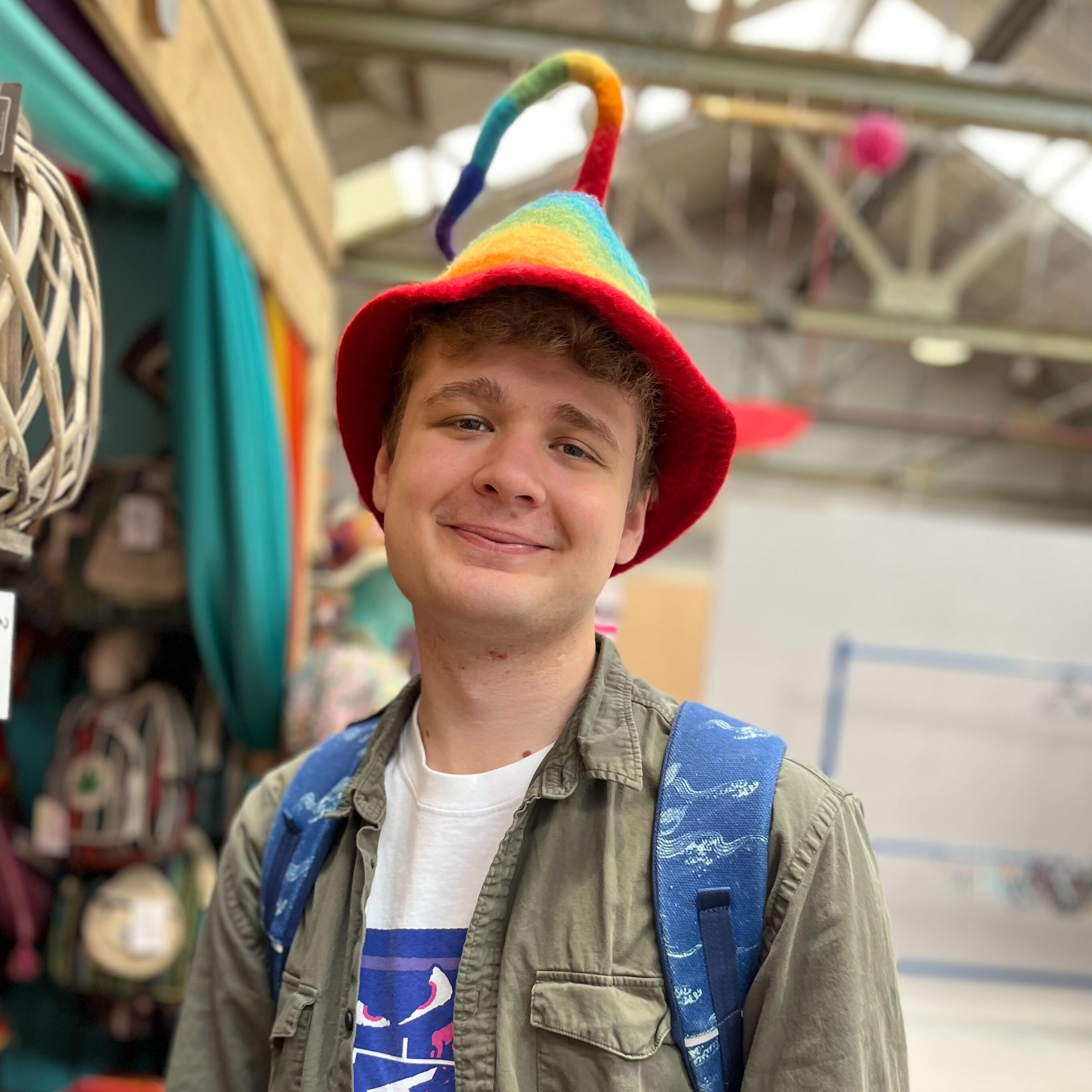Modern Warfare 3 developers discuss what they learned from indie development
More in common than you’d think

The Call of Duty franchise has come a long way since the release of the very first game back in October 2003. In the two decades since that debut as an unassuming World War 2 first-person shooter (FPS), it has ballooned into one of the largest media properties on the planet with its now annual entries frequently topping global sales charts.
With last year’s installment, Modern Warfare 2 became the highest-grossing entertainment opening of 2022 with $800 million in sales in just three days. With a highly-anticipated sequel on the horizon, this rapid upward trajectory isn’t showing signs of slowing down any time soon.
The reins of the series are currently in the hands of four major studios: Infinity Ward, Treyarch, Sledgehammer Games, and Raven Software all of which contribute to development in various ways to ensure the series follows its now-traditional annual schedule. Each successive release stands as the result of the work of hundreds of employees from across these teams, not to mention external contractors and the staff from many additional support studios. However, in an interview with Sledgehammer Games about their work on the upcoming Modern Warfare 3, TechRadar Gaming was surprised to learn just how much the development process of these AAA behemoths draws from the indie game scene.
We spoke to Dave Swenson, creative director at Sledgehammer Games, and Shelby Carleton, Modern Warfare 3’s narrative designer, the latter of whom has a wealth of experience in indie game development. In addition to working on small-scale titles like Project Dark Water, she co-founded the indie development studio Caldera Interactive in April 2019 and served as narrative director until March 2021.
Scaling up

We were most interested in learning what kinds of challenges were associated with moving from smaller projects to working on one of the biggest franchises in the world. “I was on a couple different indie projects before this and in most of those scenarios the narrative teams were very much smaller than what we work with now,” explains Carleton, “and one of my favorite parts of just game development, in general, is getting to work with a multitude of people in so many disciplines, but especially in the narrative team.”
“Getting to walk into a room and having just a team of people that are there not only to, like, critique your work and make you better, but who care about the story just as much as you do and be able to bounce ideas off each other just much more regularly. That's been just exciting and awesome,” she continues, “in indie [development], the teams are smaller and there's a special feeling of getting a really close-knit group of people to bounce ideas off.”
Now, she says, “having this number of people, the number of ideas increases. I think that was the thing that I was probably most surprised by. It kind of seems daunting.” Even so, the increase in scale has still been one of her “favorite changes”. “We’re just so lucky at Sledgehammer to have anywhere from like, five or six [narrative] people in-house. Then there's the other narrative teams that other studios we get to collaborate with and work with and that's been so cool.”
Sign up for breaking news, reviews, opinion, top tech deals, and more.
Having access to larger budgets also allows for far more work with outside contractors. “We bring on contractors. We work with this one contractor called Brent Friedman, he's one of my favorite people in the whole world. He's such a great writer so having access to just resources like that and getting to learn [from them] is a really privileged position to be in.”
As creative director, Swenson is well-suited to shed some light on work outside the narrative department. “I work closely with the audio team and they pride themselves on being very scrappy and how they do things like they're an indie team.” He goes on to say that, “Even though they're working on Call of Duty, there's an extra level of creativity that goes in. Like, ‘How are we going to get this sound? How are we going to do this thing?’ They're not tackling it with ‘Oh, well, let's throw money at it, we’ve got big budgets.’ Instead, they're like, ‘What's these really creative ways to solve these problems? They get really awesome material and they do it in a very indie way.”
Two-way street

As well as some similarities, Carleton also suggests some of the areas where indie development differs substantially from her work on Call of Duty. “Indie is always innovating just as much as AAA. A lot of the time I've been just as taken with indie stories, a lot of the time they can be more personal. Sometimes they're not shooting for, you know, as big of a market as Call of Duty reaches.”
“Sometimes indie games are just targeting a smaller group of people. There can be more personal stories. It's cool to see the number of games that exist in the world, the number of stories they're telling,” she explains, “there's so many games being made, it's shocking. Game development is one of those things where so many people come together and it's kind of amazing that we're able to bring technology and art together. I love both spaces for so many different reasons and I play all kinds of games.”
Thanks to a wealth of absolutely fantastic titles like Jusant, Cult of the Lamb and Dredge, this year has been absolutely stacked with all kinds of innovative indies. With new Open Combat Missions and rebalanced multiplayer mechanics, we’re excited to discover how Modern Warfare 3 will offer some innovations of its own when it launches on November 10.
If you like shooters and indie games, why not visit our lists for the best FPS games or the best indie games for more recommendations?

Dash is an experienced tech journalist who currently serves as the Gaming Editor at TechRadar, where he helps oversee coverage of video games and related products.
Before joining the team, he was Contributing Writer at PLAY (formerly Official PlayStation Magazine) and has also written articles for many of the UK's biggest gaming magazines including Edge, PC Gamer, and SFX.
Now, when he's not getting his greasy little mitts on the newest hardware or gaming gadget, he can be found listening to J-pop or feverishly devouring the latest Nintendo Switch otome.